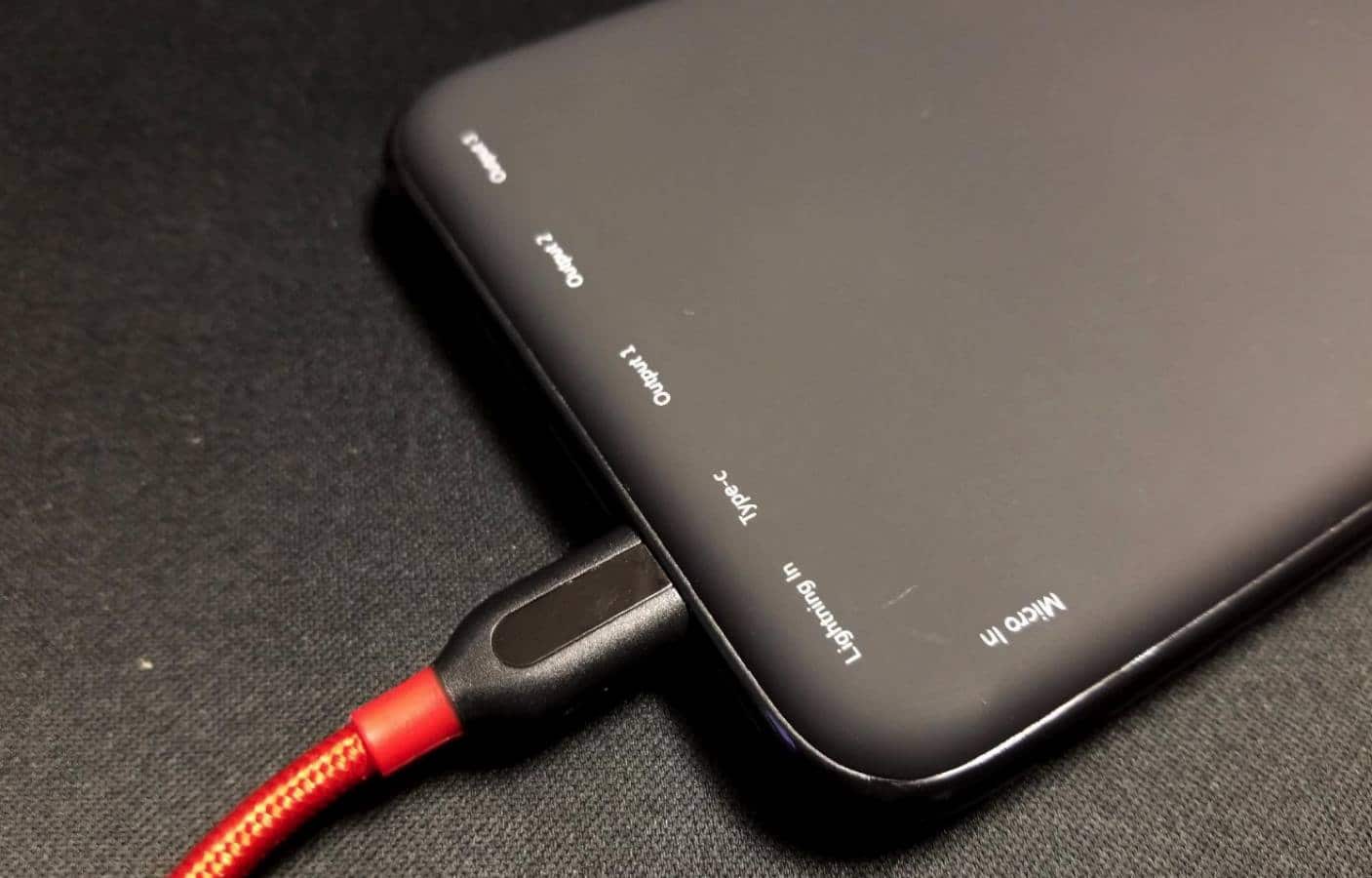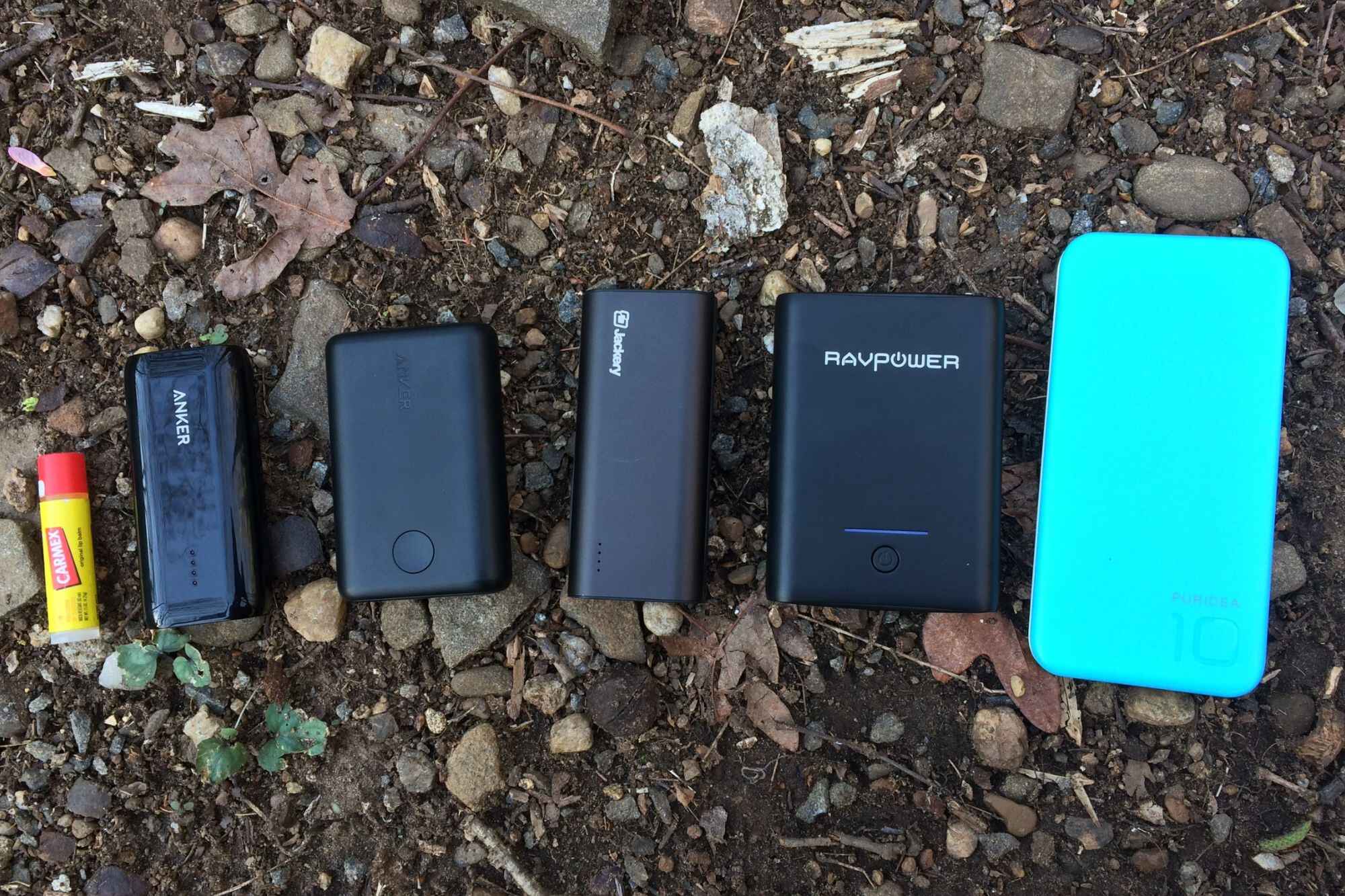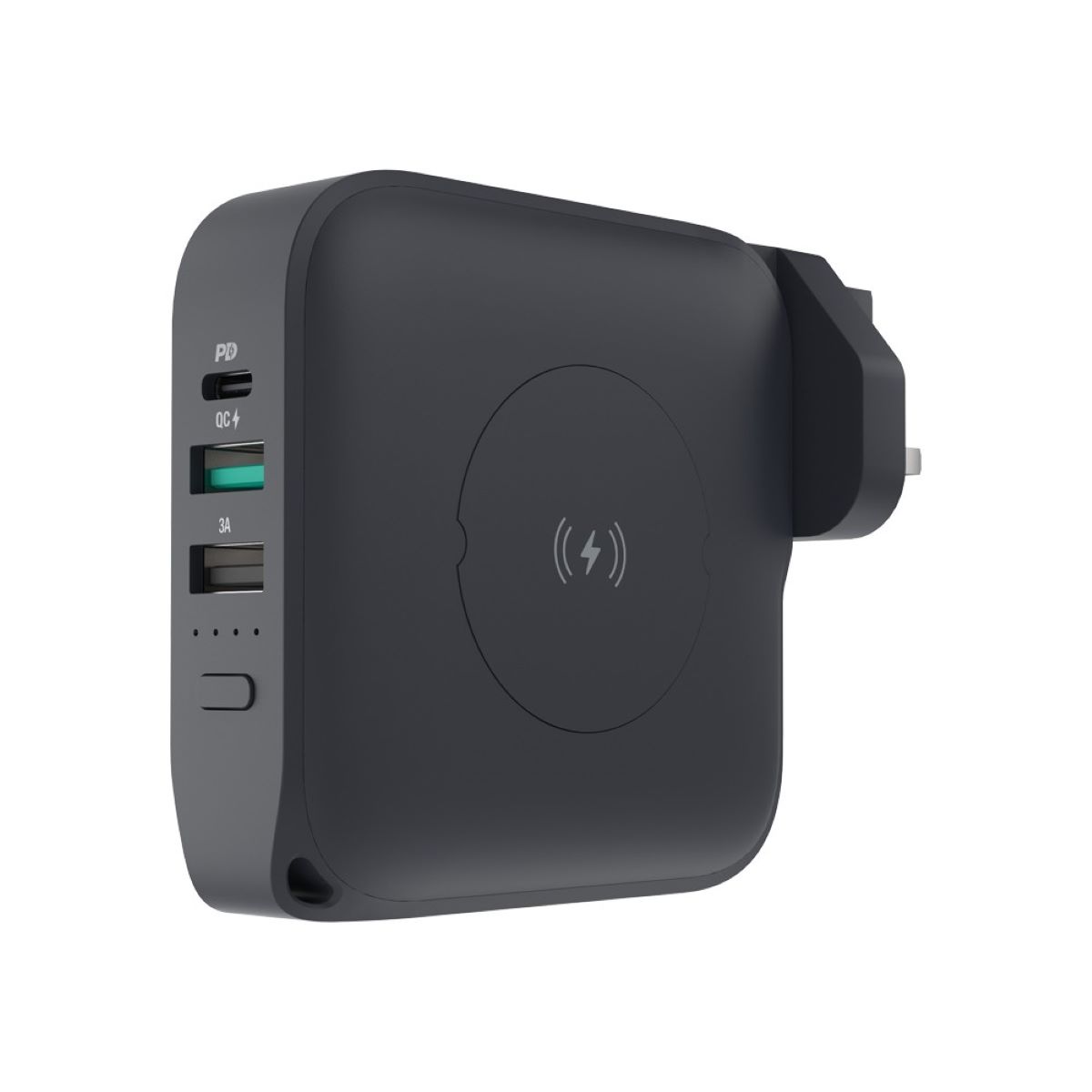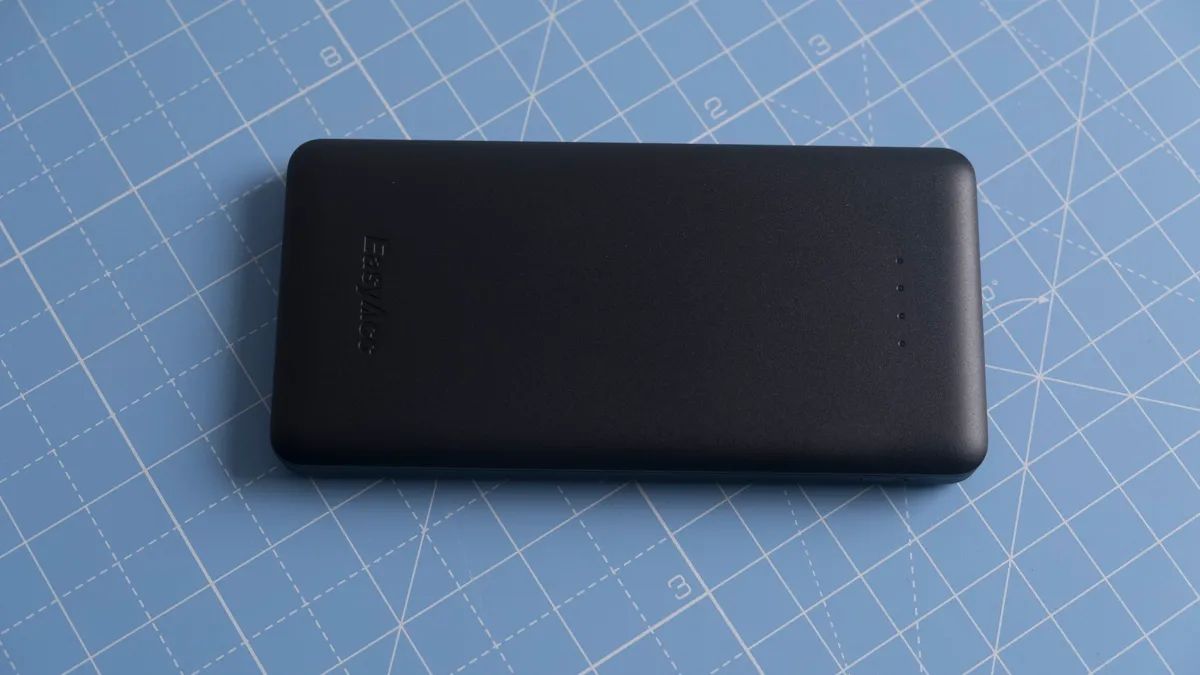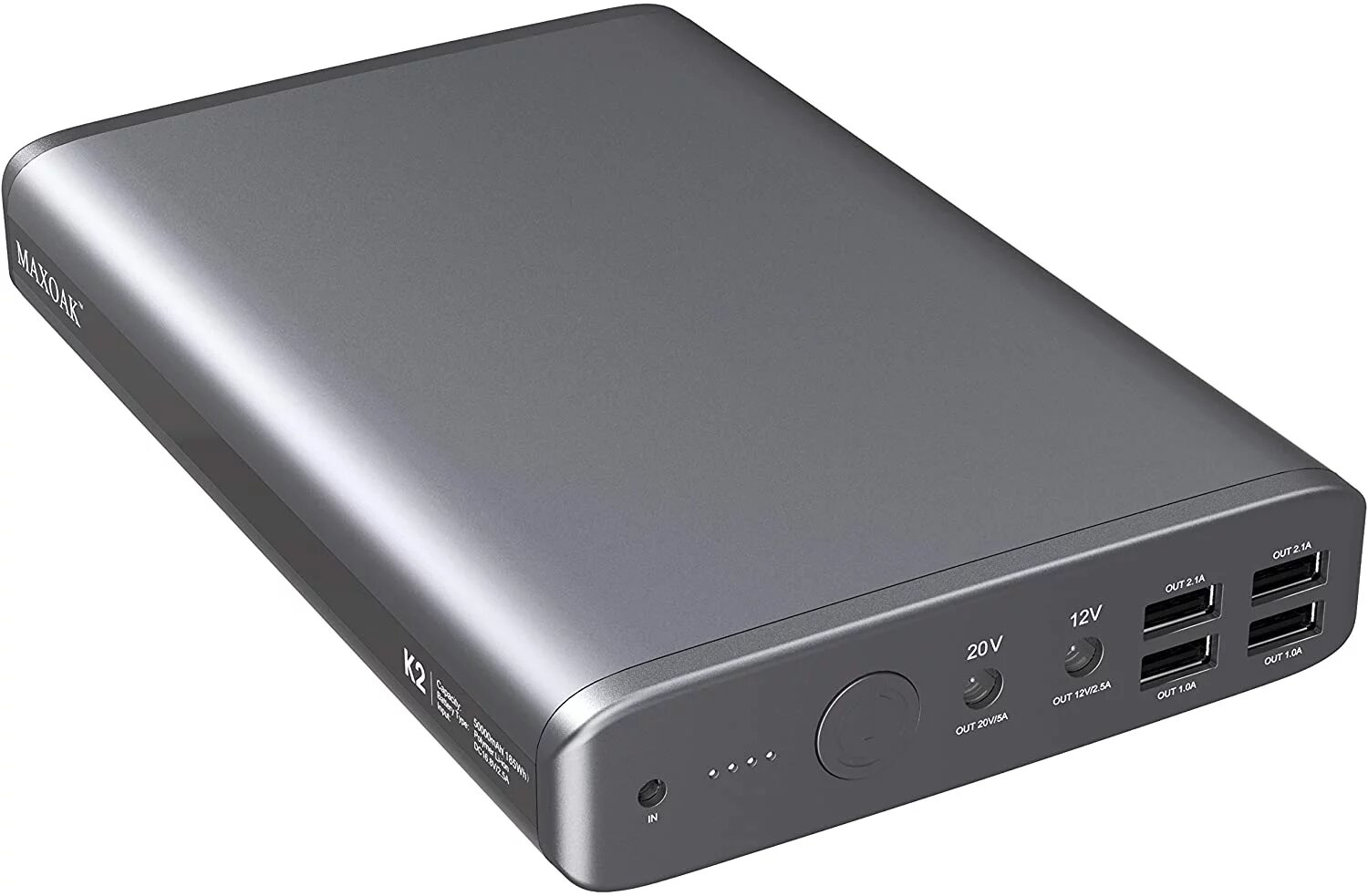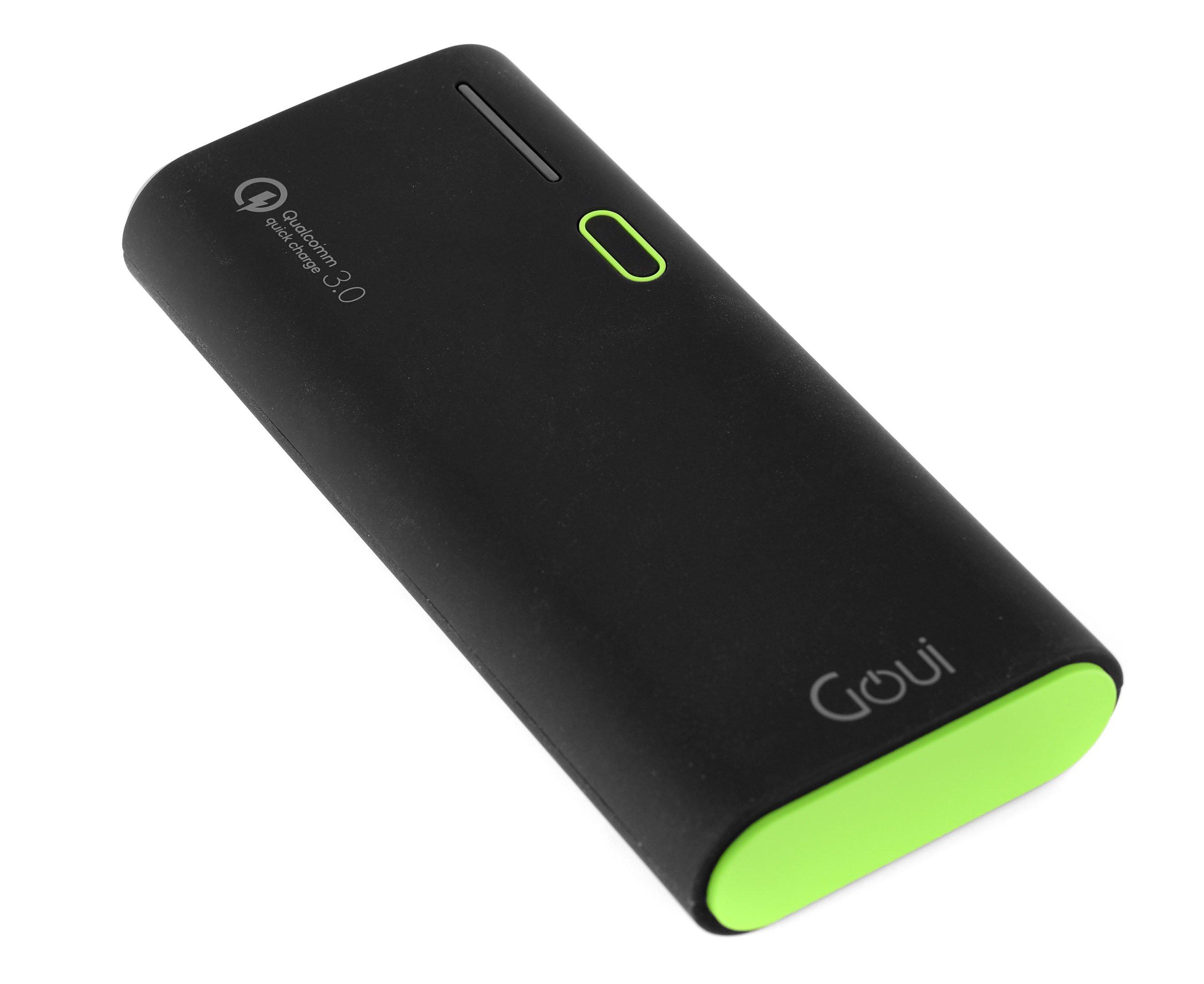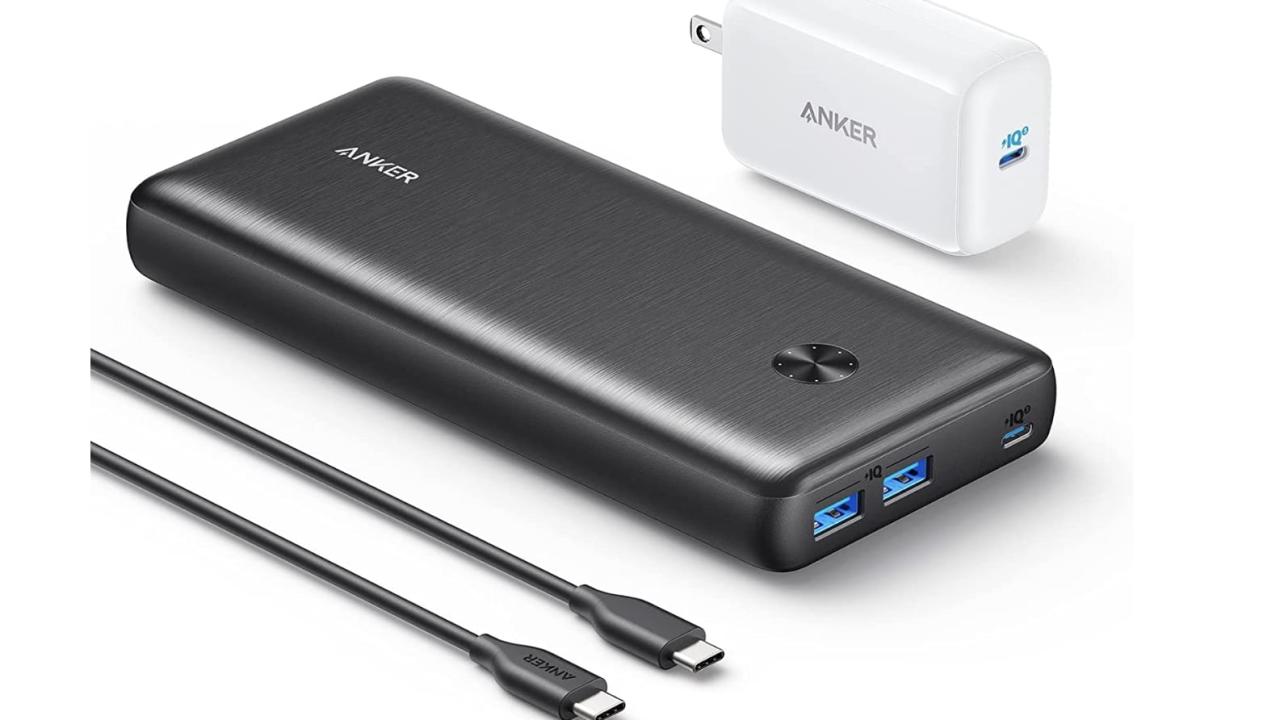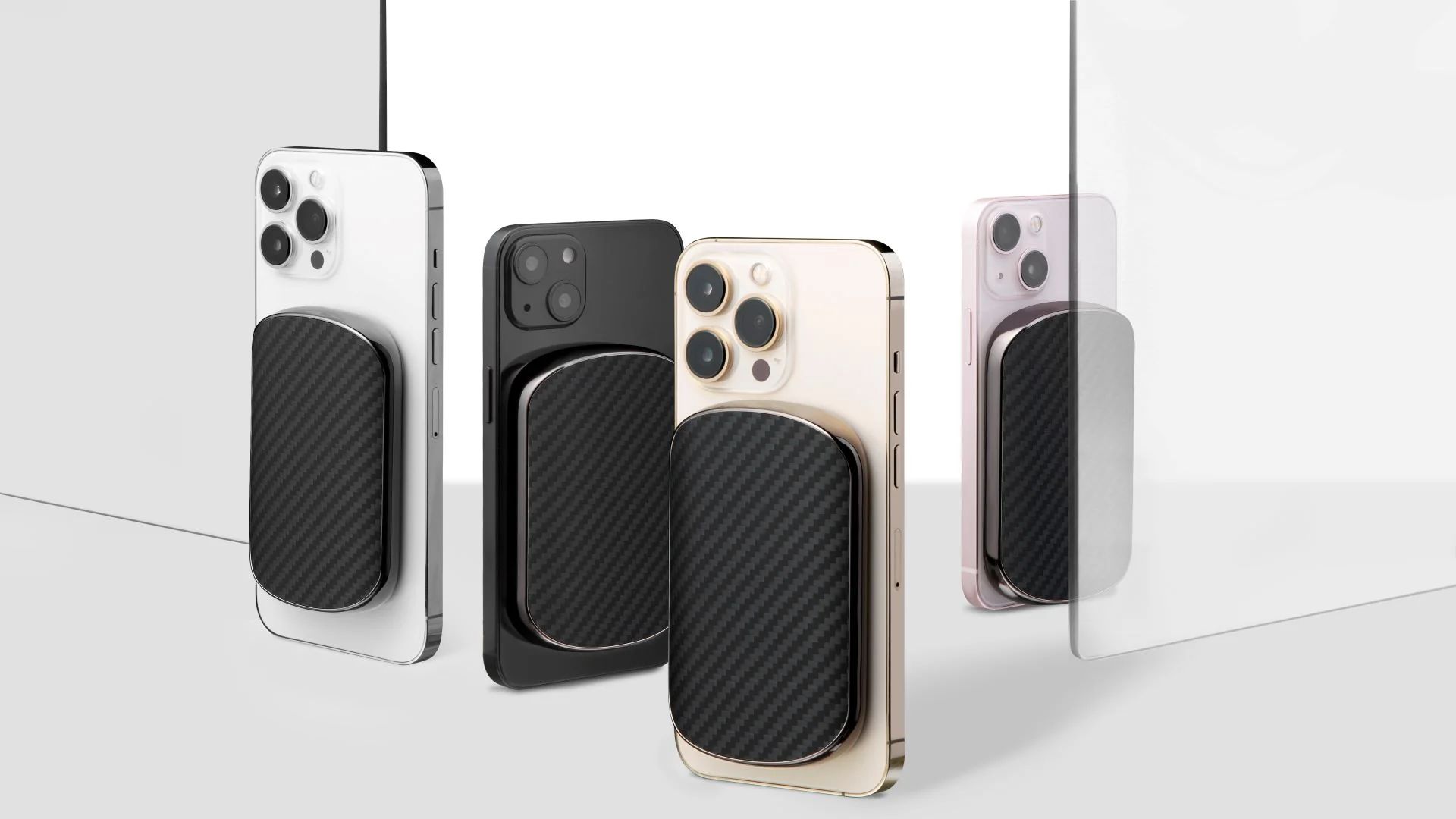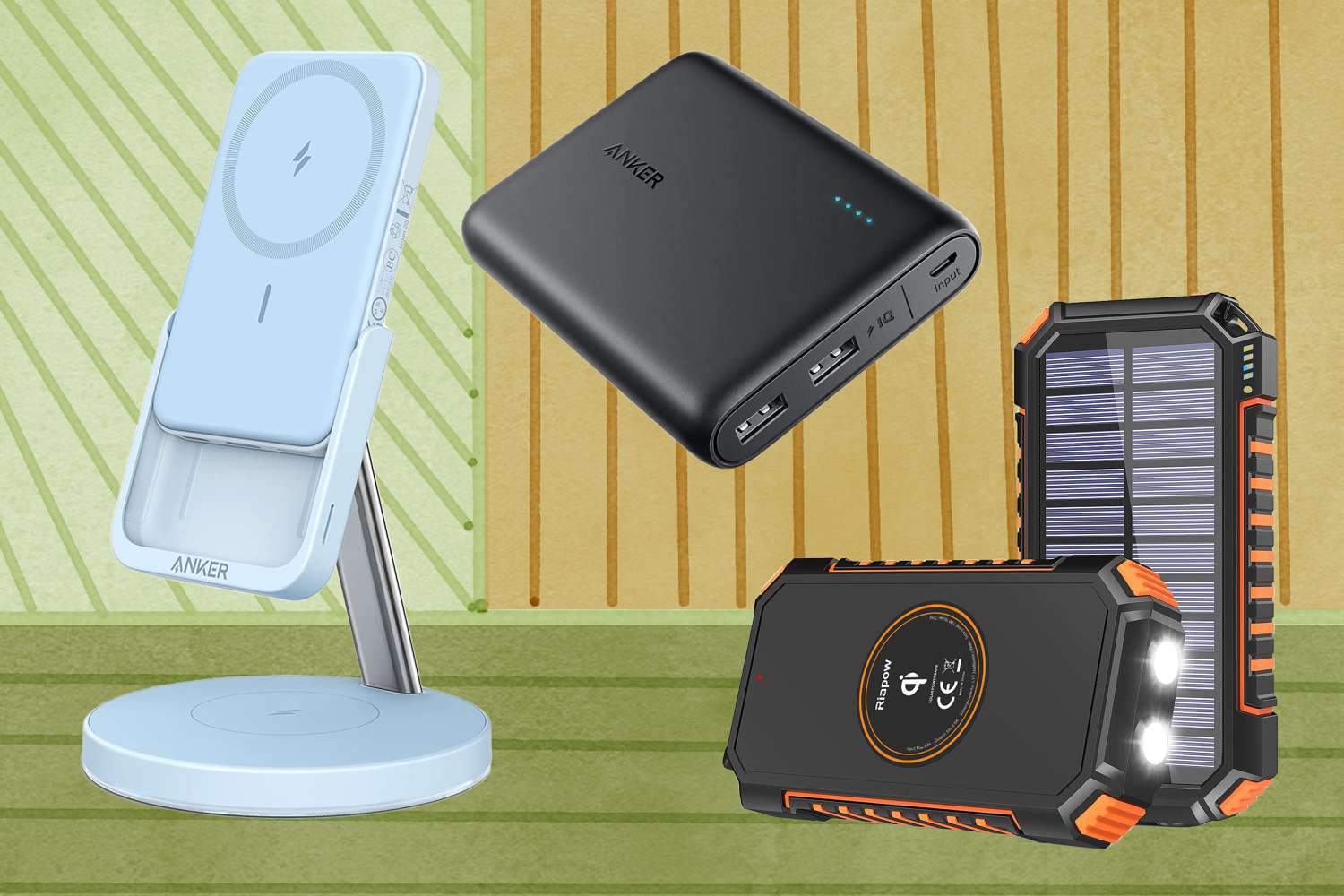Introduction
Power banks have become an essential accessory for our mobile devices, providing a convenient and portable solution for charging on the go. With the ever-increasing demand for a reliable power source, it’s important to understand the capacity of a power bank and how many charges it can provide. In this article, we will delve into the details of a popular power bank capacity, the 26800 mAh power bank, and explore the factors that can affect the number of charges it can deliver.
A power bank’s capacity is measured in milliampere-hours (mAh), which represents the amount of charge it holds. A 26800 mAh power bank typically refers to the total energy it can provide over its lifespan. However, it is important to note that not all of the power bank’s capacity is directly transferred to our devices due to various factors that affect charging efficiency.
Calculating the exact number of charges a 26800 mAh power bank can provide is not as straightforward as dividing its capacity by the battery capacity of your device. This is because the charging process is not 100% efficient and other factors come into play.
In this article, we will explore those factors and provide you with a clearer understanding of how to estimate the number of charges you can get from a 26800 mAh power bank. Additionally, we will also discuss ways to optimize the usage of a power bank to ensure maximum efficiency and prolonged battery life.
So, if you’ve ever wondered how many charges you can expect from a 26800 mAh power bank, read on to gain insights into this important aspect of portable charging.
Understanding the capacity of a power bank
Before delving into the specifics of a 26800 mAh power bank, it’s important to have a basic understanding of how power bank capacity works. The capacity of a power bank is measured in milliampere-hours (mAh) and represents the total charge it can hold.
For example, a 26800 mAh power bank can theoretically provide a total charge of 26800 milliampere-hours. However, it’s crucial to note that this capacity is not directly transferrable to your mobile devices.
When you charge your device with a power bank, the charging process is not 100% efficient. Energy is lost in the form of heat during the transfer, reducing the effective capacity available for charging your device.
In addition to the efficiency factor, there are also power losses associated with the voltage conversion process. Power banks typically have a higher voltage than the device being charged. To accommodate this voltage difference, the power bank converts the voltage, resulting in some power loss.
Furthermore, power banks have their own internal circuitry and components that consume a small amount of power. This power is not available for charging your devices and further reduces the effective capacity.
It’s important to keep these factors in mind when estimating the number of charges you can expect from a 26800 mAh power bank. While the capacity is an important indicator of its potential, the actual number of charges will be lower due to these efficiency and power loss factors.
In the next section, we will explore how to calculate the approximate number of charges you can get from a 26800 mAh power bank, considering these relevant factors.
Calculating the number of charges for a 26800 mAh power bank
Estimating the number of charges a 26800 mAh power bank can provide involves considering various factors such as the battery capacity of your device, the charging efficiency, and the power loss during transfer. While it’s not an exact science, there are some calculations you can make to get a rough estimate.
1. Determine the battery capacity of your device
The first step is to find out the battery capacity of the device you want to charge. This information is usually provided in milliampere-hours (mAh) on the device’s specifications or in the user manual. Let’s assume your device has a battery capacity of 3000 mAh for our calculations.
2. Consider the charging efficiency
As mentioned earlier, the transfer of energy from the power bank to your device is not 100% efficient. On average, the charging efficiency is around 70-80%. Let’s take 75% as the charging efficiency for our calculations.
3. Account for power loss during transfer
During the voltage conversion process, there is some power loss. This loss is typically around 10-15%. For our calculations, let’s assume a power loss of 12%.
Now, let’s calculate the approximate number of charges:
Step 1: Calculate the effective capacity of the power bank
Effective Capacity = Power Bank Capacity * Charging Efficiency
Effective Capacity = 26800 mAh * 0.75
Effective Capacity = 20100 mAh
Step 2: Calculate the usable capacity after power loss
Usable Capacity = Effective Capacity – (Effective Capacity * Power Loss)
Usable Capacity = 20100 mAh – (20100 mAh * 0.12)
Usable Capacity = 17688 mAh
Step 3: Calculate the number of charges
Number of Charges = Usable Capacity / Battery Capacity of Device
Number of Charges = 17688 mAh / 3000 mAh
Number of Charges ≈ 5.9 (round down to 5 charges)
Keep in mind that these calculations provide an approximate estimation. Actual results may vary depending on various factors such as the charging conditions, cable quality, and the age of the power bank.
In the next section, we will explore additional factors that can affect the number of charges you can expect from a 26800 mAh power bank.
Factors that affect the number of charges
Several factors can influence the number of charges you can expect from a 26800 mAh power bank. Understanding these factors will help you make a more accurate estimation and maximize the usage of your power bank.
1. Device Battery Capacity:
The larger the battery capacity of your device, the more power it requires to charge fully. This means that devices with higher battery capacities will result in fewer charges from the power bank compared to devices with smaller battery capacities.
2. Charging Efficiency:
The charging efficiency of both the power bank and your device plays a significant role. As mentioned earlier, not all the power bank’s capacity is transferred to your device due to energy loss during the charging process. Higher charging efficiencies result in more effective capacity available for charging, which means you can get more charges from the power bank.
3. Power Loss During Transfer:
During the voltage conversion process and internal power consumption of the power bank, there is a certain amount of power loss. The higher the power loss, the lower the effective capacity available for charging your device. Minimizing power loss can help maximize the number of charges you can obtain from the power bank.
4. Usage of the Device During Charging:
If you use your device while it is charging from the power bank, it will consume power simultaneously. This dual power consumption reduces the overall charging capacity of the power bank and can result in fewer charges.
5. Cable Quality and Length:
The quality and length of the charging cable can also impact the efficiency of the charging process. High-quality cables with low resistance can help reduce power loss during transfer and maximize the effective capacity available for charging.
6. Charging Conditions:
The environmental conditions in which you charge your device can also affect the charging efficiency. Extreme temperatures, such as very hot or cold environments, can negatively impact the charging process and reduce the effective capacity available.
By considering these factors, you can better estimate the number of charges you can expect from a 26800 mAh power bank and take necessary measures to optimize its usage.
In the next section, we will discuss the importance of charging efficiency and its impact on the number of charges you can obtain from a power bank.
Charging efficiency and its impact
Charging efficiency plays a crucial role in determining the number of charges you can obtain from a 26800 mAh power bank. It refers to how effectively the power bank transfers its stored energy to your device during the charging process.
A higher charging efficiency means that a greater percentage of the power bank’s capacity is available for charging your device, resulting in more charges. Conversely, a lower charging efficiency will reduce the effective capacity and, subsequently, the number of charges you can expect.
Charging efficiency can be influenced by various factors, including the quality of the power bank’s internal circuitry, the compatibility between the power bank and your device, and external factors like cable quality and charging conditions.
When choosing a power bank, it’s important to consider its overall charging efficiency. High-quality power banks with efficient circuitry and advanced power management systems are designed to minimize energy loss during the charging process, maximizing the available capacity for charging your device.
Using a power bank with a higher charging efficiency can make a significant difference in the number of charges you can obtain. For example, a power bank with an 80% charging efficiency will provide more effective capacity for charging compared to one with a 70% efficiency.
To improve the charging efficiency and the number of charges you can get from a power bank:
– Use a power bank that is compatible with your device, ensuring optimal performance and efficient energy transfer.
– Use high-quality charging cables that have low resistance, minimizing power loss and maximizing the effective capacity available for charging.
– Charge your devices in moderate temperature environments, as extreme temperatures can negatively impact charging efficiency.
– Avoid using your device heavily while it is charging, as it can consume power simultaneously and reduce the overall charging capacity of the power bank.
By considering these factors and using a power bank with a high charging efficiency, you can maximize the number of charges and effectively utilize the capacity of your 26800 mAh power bank.
In the next section, we will discuss other considerations for maximizing power bank usage and ensuring prolonged battery life.
Other considerations for maximizing power bank usage
While understanding the capacity, calculating the number of charges, and optimizing charging efficiency are important, there are additional considerations to maximize the usage of your 26800 mAh power bank and ensure prolonged battery life.
1. Choose the Right Power Bank:
Consider your specific needs and usage patterns when selecting a power bank. Determine the number of devices you need to charge simultaneously, the desired portability, and other features such as fast charging capabilities or multiple USB ports. Choosing the right power bank will ensure it meets your charging requirements efficiently.
2. Maintain Proper Charging Cycles:
It’s recommended to fully deplete and then fully charge your power bank at least once every few months. This helps calibrate the battery and maintain its optimal performance. Avoid frequently charging or discharging it partially, as it can affect the overall battery life and capacity.
3. Store and Handle with Care:
Protect your power bank from extreme temperatures, moisture, and physical damage. Avoid exposing it to direct sunlight for prolonged periods and keep it in a cool, dry place when not in use. Handle it with care to prevent accidental drops or impact that could damage the internal components.
4. Use Power Bank Frequently:
Regularly using your power bank helps maintain its battery life. If you don’t need to charge any devices for an extended period, it’s still recommended to use the power bank every few months to prevent the battery from deteriorating due to inactivity.
5. Unplug After Charging is Complete:
Once your device is fully charged, disconnect it from the power bank. Leaving your device connected to the power bank for an extended period can lead to unnecessary power consumption and may reduce the overall battery life of both the power bank and your device.
6. Recharge the Power Bank Promptly:
After using your power bank, recharge it as soon as possible. Keeping the power bank in a depleted state for a long time can negatively impact its performance and battery life. Ideally, aim to recharge the power bank within a few days of use.
By considering these additional considerations, you can maximize the usage of your 26800 mAh power bank and ensure its longevity. Taking proper care of your power bank will provide you with reliable charging capabilities, allowing you to stay connected and powered up whenever you need it.
Now that we’ve covered various factors and considerations, let’s summarize the key insights in the concluding section.
Conclusion
In conclusion, understanding the capacity and estimating the number of charges for a 26800 mAh power bank can help you make the most of this portable charging solution. While the capacity of a power bank indicates the total charge it can provide, it’s important to consider factors such as charging efficiency and power loss during transfer to get a more accurate estimation.
Calculations based on the battery capacity of your device, the charging efficiency, and power loss can help you estimate the number of charges you can expect from a 26800 mAh power bank. However, it’s important to note that these calculations provide rough estimates, and actual results may vary due to various factors such as charging conditions and cable quality.
Factors such as charging efficiency, device battery capacity, power loss during transfer, usage during charging, cable quality, and charging conditions can all influence the number of charges you can obtain from a power bank. By considering these factors and optimizing your power bank usage, you can maximize its performance and efficiency.
It’s essential to choose a power bank with a high charging efficiency, use high-quality charging cables, and charge your devices in moderate temperature environments. Additionally, maintaining proper charging cycles, storing and handling the power bank with care, and using it regularly can help ensure prolonged battery life.
By following these considerations and making informed decisions, you can make the most of your 26800 mAh power bank. Stay connected and powered up wherever you go, enjoying the convenience of portable charging for your mobile devices.







